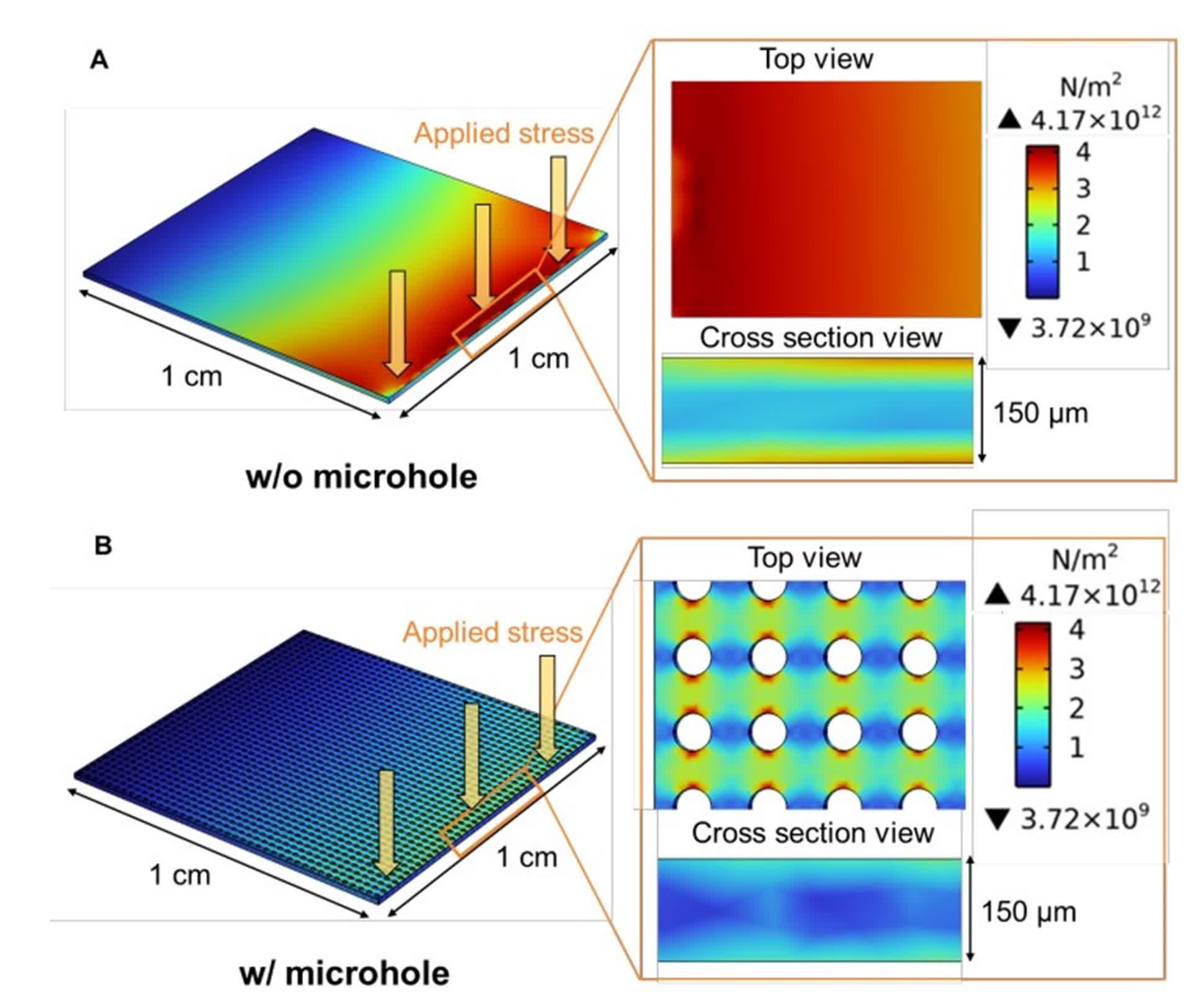Why it matters: Scientists have been working on creating transparent solar cells for years, achieving various milestones that have brought the technology closer to commercial applications. Now, a team in South Korea has made a significant breakthrough with their focus on modularization research. The advancement addresses a key challenge in scaling transparent solar technology from individual cells to larger, practical modules that can be integrated into real-world applications.
A research team from the Ulsan National Institute of Science and Technology (UNIST) in South Korea has developed transparent solar cell technology capable of directly charging a battery from a glass surface. This innovation offers numerous applications, allowing for direct energy generation from sources like smartphone screens, car windows, and building facades.
In a practical demonstration, the researchers successfully charged a smartphone using natural sunlight, proving that a mobile device's screen can function as an energy source.
The technology holds significant commercial potential. The building-integrated photovoltaics (BIPV) market, which includes transparent solar cells, is projected to reach $86.7 billion by 2031.
While scientists have been working on transparent solar cells for years, suitable materials have only recently been developed. For instance, last year researchers at Tohoku University's Graduate School of Engineering created a transparent solar cell using a 2D atomic sheet with an average visible transparency of 79 percent. Additionally, a team at MIT is exploring transparent solar cell technology using organic materials that absorb infrared and ultraviolet light while allowing visible light to pass through.
In contrast, UNIST's approach utilizes crystalline silicon (c-Si), the most common and efficient photovoltaic material. Their modularization strategy also tackles key challenges in scaling up transparent solar technology for real-world applications.

The UNIST research has "opened a new path for modularization research, which is essential for commercialization of transparent silicon solar cells," said Professor Kwanyong Seo, who, along with his team at UNIST's School of Energy and Chemical Engineering, developed the transparent solar cells. "We plan to continue further research so that transparent solar cells can become a key technology in the eco-friendly future energy industry."
The UNIST solar cells feature an all-back-contact (ABC) design, with all electrical components located on the rear side of the cell to preserve the glass-like appearance.
Another key innovation is the Seamless Modularization technology, which eliminates gaps between solar cells without using metal wires. This advancement addresses the aesthetic issues associated with traditional solar cell modularization methods.
The team's 16 cm² transparent solar cell module achieved a peak power conversion efficiency of 15.8 percent while maintaining an average visible transmittance of 20 percent. Traditional silicon solar panels typically have efficiencies around 15-20 percent. By interconnecting unit cells, the researchers were able to adjust the output voltage and power from 0.64 V and 15.8 mW for a 1 cm² cell to 10.0 V and 235 mW for a 16 cm² module.
The research, published in the Proceedings of the National Academy of Sciences, was supported by the Korea Institute of Energy Technology Evaluation and Planning.
